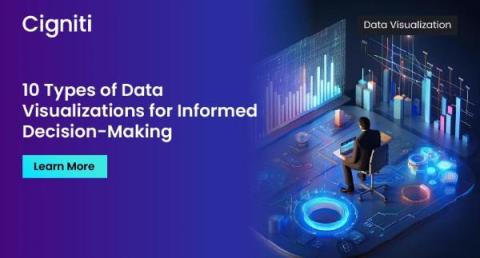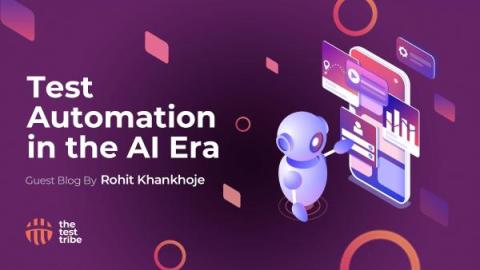10 Types of Data Visualizations for Informed Decision-Making
In the world of data-driven decision-making, effective visualization is a cornerstone for translating complex data into actionable insights. Data visualization is a technique that makes information visually appealing by highlighting patterns and trends in the data and enabling readers to get new insights quickly. Different ways of visualization help the leadership team in their day-to-day decision-making.











